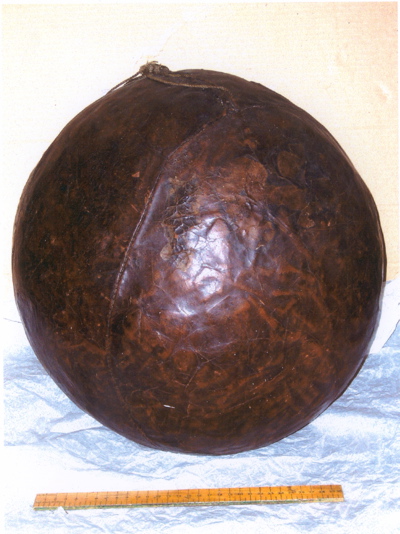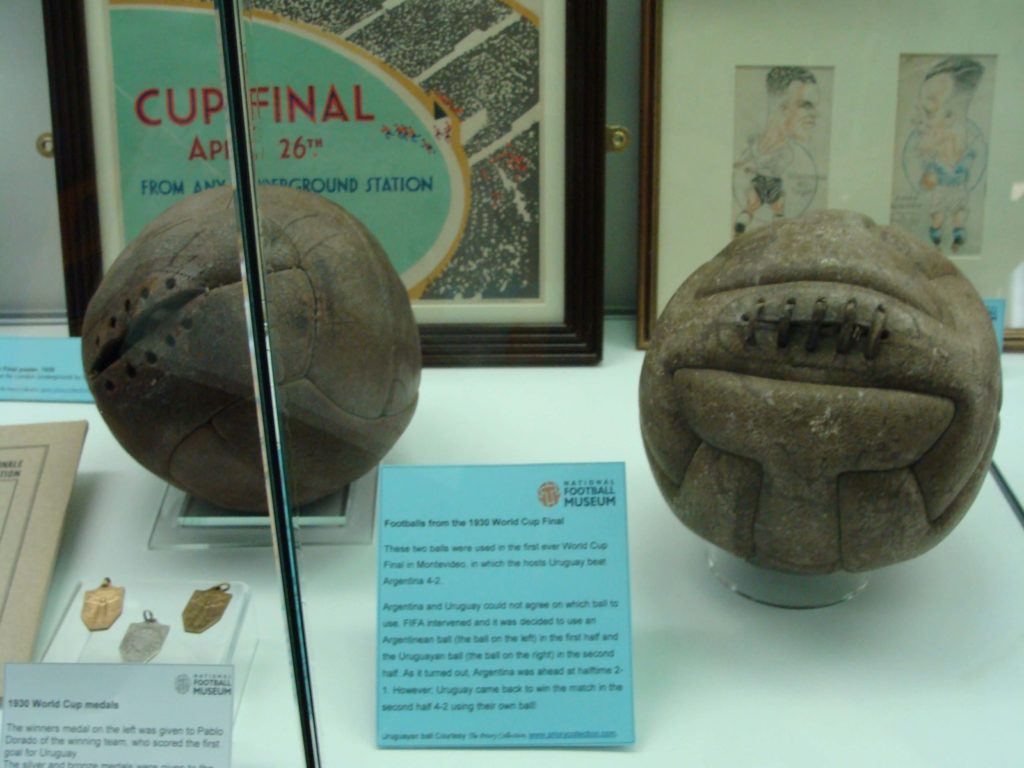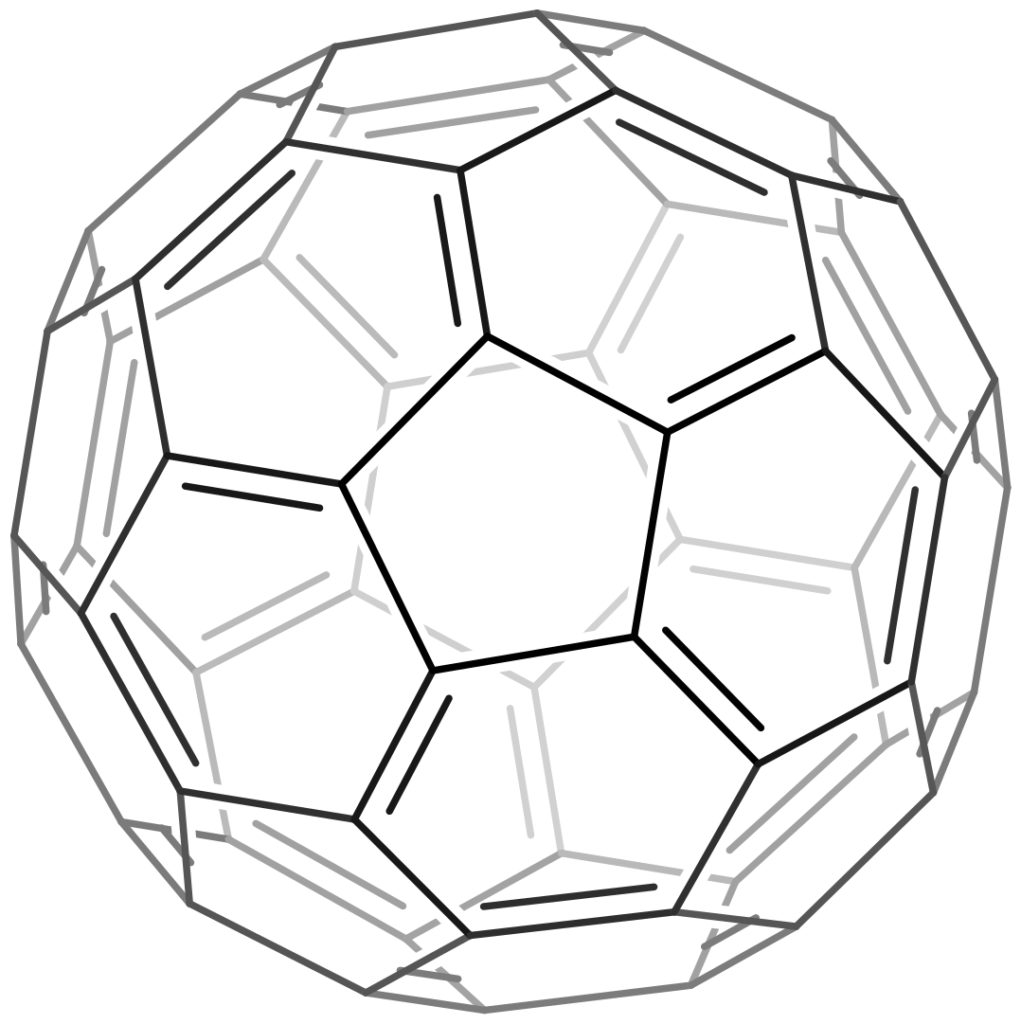Last Updated on: 29th July 2024, 11:44 am
What would football be without the actual ball? Footballs feature heavily in British history and have gone through a long journey to get to where we are now. The creation of modern football is generally credited to Sheffield F.C. by two sportsmen back in 1858 but people were kicking spheres around well before that date. In fact, it can be traced back as far as 300 BC, so footballs have quite an interesting history.

Shrovetide Football By derbymuseums at Flickr.com [CC BY-SA 2.0], via Wikimedia Commons
Early Footballs
During the Han and Ts’in dynasties, the Chinese would play a game called “tsu chu“. It was a very skilled game in which a ball made of animal skins was kicked between two poles. There is also evidence that something similar was played in the Ancient Egyptian, Roman, and Greek empires. In Medieval Europe, pig bladders were inflated with air and players were required to keep the ball in the air by kicking and punching it. This game rose in popularity over the years and the bladder was eventually covered in leather so it stayed round for longer. Balls made with blown-up animal bladders tended to burst so the players of the Middle Ages worked to find a better way. To create a more solid ball, there is evidence that they filled a leather cover with cork shavings or something similar.
Rubber Balls
A major problem with the early design of footballs came from the fact that pigs bladders varied so much. The overall size and shape of the ball were dictated by the bladder, so footballs differed greatly. It also meant that the way each ball reacted to being kicked and thrown would also differ depending on the bladder used.
It wasn’t until the introduction of rubber bladders that footballs started to get their uniform shape. Vulcanised rubber wasn’t patented until 1836 and it took until 1855 for the first rubber ball to be created. The inflatable rubber bladder was first made in 1862 and is credited to Richard Lindon. Lindon’s wife died of lung disease at a relatively young age. He believed that this was something she had caught after blowing up pig bladders for him to sell to schoolchildren. This drove him to develop a man-made bladder and a rudimentary football pump that would allow manufacturers to control the shape and size of their footballs.
Size Regulations
The Football Association in England was the first governing body to apply rules relating to the shape and dimensions of footballs. These regulations remain in place to this day. They decided that a ball needed to be a perfect sphere and have a circumference of between 27 and 28 inches. In 1872 the weight of a regulation football was set at 14 to 16 ounces. Over the years, these regulations have stayed in place with only the materials and construction methods changing.
After the English Football League was created in 1888, both Mitre and Thomlinson’s of Glasgow started to mass-produce footballs. The combination of strengthened leather and quality stitching means that the footballs retained their shape better than they ever had before. There were still some differences in the quality of balls all of which came down to the materials being used. The finest balls used leather from the rump of a cow and cheaper balls were made out of leather from the shoulder. Even so, the whole process had improved footballs and, as a consequence, improved the game for players and fans.

The footballs from the 1930 World Cup Final By Ben Sutherland free Creative Commons licensed photos [CC BY 2.0], via Wikimedia Commons
A Need for Uniformity
Despite the introduction of the FA’s ball regulations, there was still no uniformity between the design of footballs used around the world. Different countries tended to play with different sized balls, which often caused problems for international matches. The most famous case being the 1930 World Cup final between Argentina and Uruguay.
Neither country could decide which design of ball to use, so they used a different one for each half. The first half saw the Argentinian ball on the pitch but it was swapped for the Uruguayan one in the second. Argentina ended the first half being 2-1 up before Uruguay came back in the second to win 4-2.
The question of how much the ball change affected the outcome of the match remains but evidence suggests that the design determined the outcome of the final. Despite this, it wasn’t until 1996 that FIFA introduced a Quality Control Programme for Footballs.

Sweden vs Finland playing at Helsinki in 1946 By Unknown photographer [Public domain], via Wikimedia Commons
20th Century Balls
At the start of the 20th century, most of the balls in circulation used rubber bladders. An inner tube covered in leather was used as it improved the bounce and ball physics. Balls at this time were usually produced using brown leather and were made up of 18 sections arranged in 6 panels.
The manufacturing process had come on a long way but there were still major problems. The stitching and leather’s water-retention properties meant that heading the balls was painful and sometimes dangerous. If you were playing in the rain, the ball would get heavier and heavier as the match went on.
Manufacturers attempted to resolve this problem by damp proofing their footballs. During the 1940s, a carcass made of cloths was added between the bladder and the outer leather. This added strength and a layer of damp proofing. Paints and other non-porous materials were also added during the 1950s and 60s to reduce water absorption. This was the time when white and orange balls started to be introduced as they would be more visible to spectators during night matches.

Statue of Stan Cullis, Molineux Stadium, Wolverhampton By Roger Kidd free Creative Commons licensed photos [CC BY 2.0], via Wikimedia Commons
Dangerous for your health
A large number of footballers suffered long-term brain damage after repeatedly heading one of the heavy balls. Stan Cullis was knocked unconscious in a game against Everton during the 1938-39 season. He suffered a severe concussion and required intensive medical treatment. He was told that another concussion of that severity would kill him. It didn’t stop him from playing and, a couple of years later, he was hit in the face with a football. He suffered another severe concussion and was in a critical condition for 5 days. He was told that even heading a heavy leather football could prove fatal, so Cullis, who at that point was England Captain, decided to retire.

Buckminsterfullerene 2D skeletal By Benjah-bmm27 [Public domain], via Wikimedia Commons
Hexagonal Design
It wasn’t until the 1960s that the first synthetic, completely waterproof ball was created. It then took until the 1980s for them to be universally used around the world. This was the era of the first “Buckminster” balls, a ball was developed by Richard Buckminster Fuller. The design consisted of 20 hexagonal and 12 pentagonal pieces, sewn together. This design created the most spherical design that had ever been seen and offered an accurate response in the air. This new ball was officially used for the first time at the 1970 World Cup in Mexico. It was also the first ball to feature alternating black and white panels. The 1983 World Cup in Spain used footballs with rubber inlaid over the seams to prevent water from getting inside. Four years later, polyurethane balls were used for the first time.
Modern Balls
The next major shift in the design of footballs came in 2006 when Adidas introduced the Teamgeist. This ball had 14 panels instead of the traditional 32. This gave the player more control and meant that the ball was closer to being spherical than ever before. The panels weren’t stitched together but were moulded instead. This prompted a new shift in the design of footballs and one that has continued to this day.
The design of footballs continues to change and develop. There is still a push to create that delicate balance of all the features to provide the best performance. Footballs are one of the most important aspects of the game. A bad one has the power to completely disrupt a player’s performance. All of our Pendle footballs have been designed to give the player the ultimate experience on the pitch. Your team deserve to be using the best football training equipment and Pendle has developed their balls to be the best.

